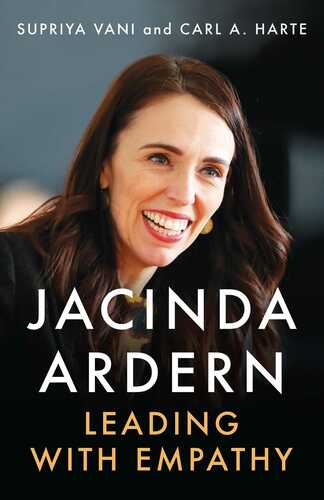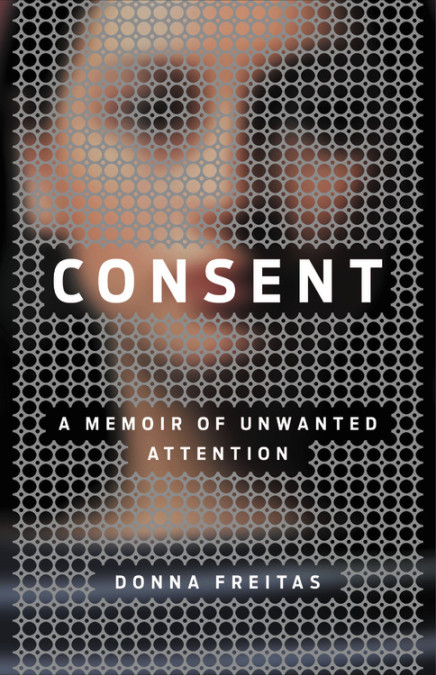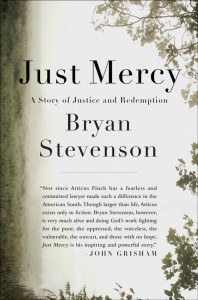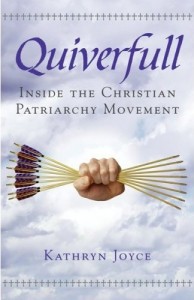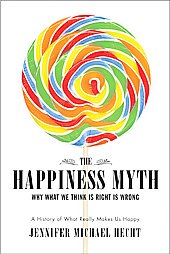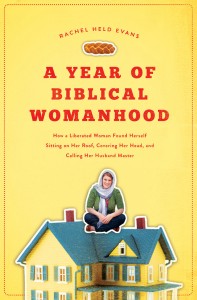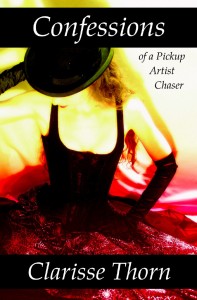
Clarisse Thorn is a feminist writer and activist. Her book, Confessions of a Pickup Artist Chaser: Long Interviews with Hideous Men delves into pickup artist culture and examines it from a feminist perspective. But in doing so, Thorn takes us with her on a journey that’s equal parts exposé, personal memoir, social commentary and feminist critique.
This is a book about insecurity. Both the insecurities of the author and of the men she “chases.” I tried to keep an open mind, and while I don’t know if I can be persuaded that there is anything redeeming about pickup artist culture as it currently exists, I was very curious to see why a self-identified feminist thinks so.
Thorn writes about sex with a focus on BDSM from a feminist perspective. In the book, she spends a lot of time drawing a parallel between kinksters and the pickup artist community. She explains how people who engage in BDSM need strong communication and negotiation skills. This compares negatively with PUAs who think little of women’s consent. And yet, coming from a community where sexual negotiation is extremely specific, she is intrigued by the way some pickup artists are more ambiguous in their approach.
The book follows Thorn through her interviews with pickup artists, and also tells the story of her relationship with a man she met while writing the book. It’s very good, and I found myself wishing that the entire book was a novel singularly focused on this romance.
What I found irritating about this book is the lengths to which the author went to cover up for pickup artists, and the number of qualifiers she added to almost any criticism of their tactics.
Maybe there were some PUAs who talked about fatties and warpigs and hot bitches more because that was the subcultures social standard, and less because they thought that was a reasonable way to discuss actual people. But I couldn’t help it; I disliked them for it nonetheless.
Why would she apologize for disliking men who refer to women as pigs and bitches? She goes on to say (emphasis original):
There were a few guys in the PUA subculture who I liked – who I even trusted – who never used the worst PUA Language and never tripped my misogyny meter.
Perhaps they were self censoring? How could anyone who wasn’t a seething misogynist keep the company of those who were without absorbing some of it? The book describes how spending time with these men causes Thorn much turmoil. Why wouldn’t it have the same effect on anyone else?
Thorn writes about how much she wants the pickup artists to like her, even though it starts to take an emotional toll on her. The more time Thorn spends with them, the more confused, insecure and depressed she feels.
I never had the guts to ask PUA acquaintances to rate me on the number scale. Just thinking about it makes me feel queasy and anxious.
Perhaps because it’s supposed to? “Rating” women is a way for these men to feel more powerful than the women they are attracted to. If it was uplifting and life-affirming, it wouldn’t placate their fragile egos. They are taking advantage of your insecurities to feel better about their own.
Emphasis original:
I can’t deny that I wanted PUA’s approval.
….
I wanted to feel the judgement of men who spend all their time judging women’s fuckability.
What isn’t clear is if she wanted their approval from the start, or if it arose from spending so much time around men who work hard at getting women to crave their approval. The title of the book is about this dynamic – we are warned that this is a confession of someone seeking the approval of PUA’s. I’m not the only one who noticed this.
There’s nothing wrong with wanting to be liked, wanting to be wanted, wanting to be hot and fuckable. But to want it from men who have such toxic attitudes about women can lead to nothing good. Thorn starts to analyze her own (meticulously negotiated) relationships by PUA metrics, and of course they fall short. She admits she is developing a bit of a fetish about pickup artists, but instead of thinking about the harm this can do to herself, she scolds herself all the more harshly:
I didn’t yet recognize that I was doing exactly what feminists complain PUAs do to women: viewing these guys primarily as objects.
Despite all of this, Thorn does an excellent job of analyzing pickup artist methods and explaining what’s wrong with the coercive and manipulative techniques. She provides extensive appendices and even explains her own classification of the different types of men that get involved with this subculture. My biggest problem with her analysis though, is not just that she is very generous to pickup artists or how effusively she praises the ones who are not blatantly sexist or abusive but how her own words contradict her argument that there are some good things about pickup artistry.
Emphasis added:
Hypothetically, PUA advice could fill the gaps left by S&M and polyamorous advice. But generally speaking, typical PUA writings emphasize manipulation and objectification and unspoken communication whereas typical S&M and polyamory writings emphasize straightforwardness and mutuality and direct verbal communication.
There’s a lot of discussion in this book about what Thorn calls “strategic ambiguity” and how some people like to flirt and play around without being explicit about their intentions, and how that is a part of the fun. That’s all well and good, but there’s a difference between being coy and being manipulative. This is an important distinction that someone as thoughtful as Thorn must understand and appreciate. Yet somehow, a body of work that typically “emphasize[s] manipulation and objectification” has many redeeming qualities? This frustrated me to no end.
It gets worse when Thorn dives in to the most vile PUAs who encourage each other to rape. When a woman says no to sex when she has been making out with a PUA, or when they are in a place where they might have sex, this is called “Last Minute Resistance.” And there are a number of “tactics” PUAs are supposed to use when they encounter this to try to get to have sex anyway, instead of just taking no for an answer. Some of them called “freeze outs” are about being passive aggressive and pouting, while other PUAs advise to just keep going and ignore what she says, until she says no at least three times, or “unless she really says NO!”
Thorn explains in detail why these approaches will most likely lead to sexual assault. But this is somehow not enough to turn her away from the entire community.
There’s even more slime to be uncovered (emphasis original):
[I]t’s hard to avoid thinking that PUAs don’t care about how women actually feel, just how women act. It makes it sound like the priority is not a partner who feels okay; rather the priority is an object that provides an orgasm.
These are Thorn’s own words, her own analysis. And it contrasts harshly with the flirtations she has with pickup artists throughout the book. Many of the men see her as a challenge and hit on her unabashedly. She doesn’t go along as a ploy to get more information or view the advances as evidence that these men don’t take her writing seriously. These sexually charged interactions are savored and recounted almost pruriently. I think we are meant to swoon, although I found myself gagging and rolling my eyes instead.
Thorn is not unaware of how problematic her titillation with the subculture is. In addition to writing a feminist analysis of pickup artist culture, Thorn writes extensively about how all of this makes her feel.
Emphasis original:
There was something so hot about the idea of pickup…but at the same time, so many PUAs are so focused on using women, and I heard so much self-justification for ideas that made my skin crawl. I felt such satisfaction in “turning tables on that bullshit, I occasionally lost sight of the fact that PUAs are real people. Presumably, that’s how misogynist PUA’s feel about women.
Gotta love those adversarial gender roles.
There’s a lot to unpack there. And as distasteful as I find her argument that her intrigue was on par with our culture’s routine objectification of women, I have to admire her brutal honesty and self assessment. An entire book could have been written about Thorn’s conflicting feelings of attraction and disgust at PUA culture, and how this conflict led to a meta analysis that filled her with doubt. Asking for more seems almost like too personal and to demanding of a request. But this underlying conflict fueled most of the narrative. It’s impossible to separate Thorn’s analysis from her visceral attraction to the idea of pickup and by association to the men who engage in it. She is self aware enough to be reliable. And this should not be ignored by anyone who reads the book.
In an interview with Neil Strauss, Thorn called wading through the pickup artist community “panning for gold in a sewer.” I think that would have made a perfect subtitle for her book. Pickup Artists frequently say that men who are a part of their community have “gone down the rabbit hole.” Confessions is about a woman trying to climb out of it.
